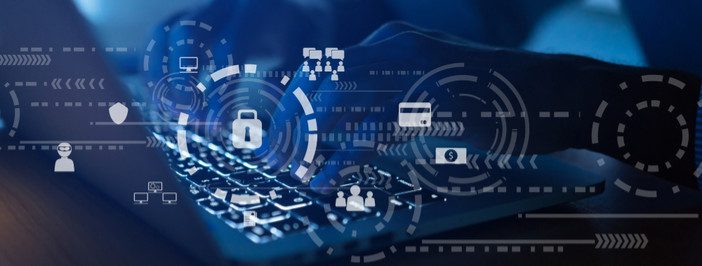It’s difficult to think about the Landscape of Cybersecurity in any aspect of our lives that technology hasn’t impacted in a positive way. From simple things like smart devices throughout our homes to advances in science, medicine, and engineering, technology has made most things easier.
Unfortunately, the flip side of that coin is the rise of cybersecurity threats that infect the very devices we’ve welcomed into our lives. As a small business owner, this is especially concerning since 43% of cyberattacks target small businesses. To stay prepared, it’s important to keep abreast of the changes in cybersecurity that directly affect you. Here are some key trends that will impact everyone in 2019.
Malware is evolving
Typical malware is usually spread in this landscape of cybersecurity when users download a malicious email or through an infected USB drive. However, in May 2017, WannaCry spread across the globe due to a vulnerability with Windows, eventually affecting over 230,000 PCs before a patch was created.
Different from standard malware, WannaCry was self-propagating and didn’t require any user interaction. Also, while the motivation for malware has typically been financial gain, WannaCry was different in that it was intended to simply wipe data. Unfortunately, WannaCry is still a threat due to uninstalled updates by some users. The lesson here is to make sure you update your software as frequently as possible or retain the services of a trusted MSP to ensure you always have the latest security patches.
Ransomware is on the rise
Ransomware has grown in reach over the past few years.
Hackers lock users out of their systems and demand a ransom to release the data. These attacks can be significant, costing businesses an average of $133,000 per attack, and global damages are expected to total $11.5 billion in 2019.
These tactics have become so commonplace that some companies simply accept them as part of the cost of doing business. Organizations in the UK are even purchasing stockpiles of Bitcoin if they have to pay out a ransom. Backing up your data and investing in security is a more sustainable – and cost-effective – solution.
The Internet of Things (IoT) has risks
The Internet of Things promises harmony, but hackers have already found ways to exploit its vulnerabilities. These attacks come in many different forms, including:
- Devices performing incorrect functions
- Compromised devices used for Distributed Denial of Service (DDoS) attacks
- Devices used as part of a greater attack, leading to reputational or financial damages
- Attacks on power grids and other vital systems lead to public safety issues
As attacks grow tougher to prevent, companies must secure end-user and physical endpoints beyond network security to protect infrastructure.
Conclusion
As digital threats continue to evolve in this landscape of cybersecurity and online criminals continue to push the envelope, companies should be vigilant in their approach to cybersecurity. Ensuring your organization has sufficient network protection is an ongoing process that requires regular, consistent monitoring and maintenance.
While you can’t always prevent an attack, you can minimize the chances of a breach. By installing the latest software, keeping up with news of cyberattacks, and consulting with cybersecurity professionals you can stay protected.

Charles Lobert, has been in the Detroit Metro Area’s IT industry for over two decades & with VCS since ’04. Throughout the years, Lobert has held nearly every position at VCS & is responsible for several major organizational shifts within VCS.

